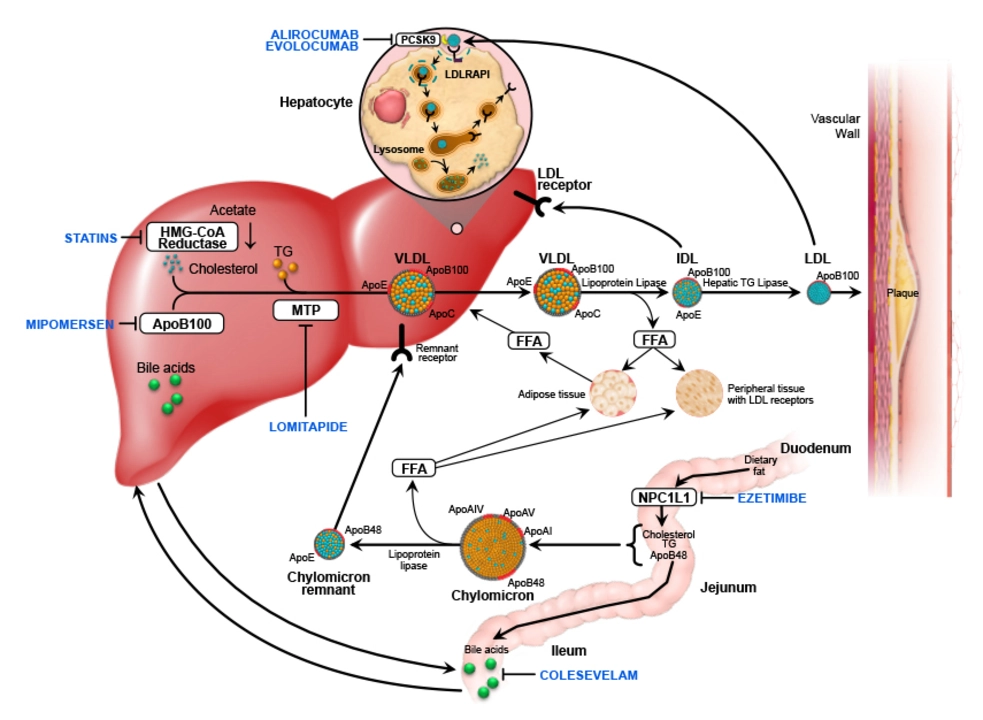Fenofibrate: What It Does and Who May Need It
Fenofibrate is a prescription medicine used to lower high triglycerides and help raise HDL (the “good” cholesterol). Doctors also use it when people have a mix of high triglycerides and abnormal LDL levels. The main goal is to reduce the risk of pancreatitis when triglycerides are very high and to improve overall lipid balance when diet and exercise aren’t enough.
Fenofibrate belongs to a drug class called fibrates. It works by activating a receptor that speeds up fat breakdown and clearance from the blood. That’s why triglyceride drops are usually the most noticeable change after starting the drug.
How people take fenofibrate
Fenofibrate comes in several brands and generic forms—common names include Tricor, Lipofen, Antara, and Lofibra. Doses differ by product, but most people take it once daily, with food for better absorption. Your doctor chooses the exact dose based on the product and your medical history.
Before starting, expect blood tests: a lipid panel, liver enzymes, and kidney checks. After starting fenofibrate, doctors usually recheck lipids within 4–12 weeks to see if it’s working and then monitor liver and kidney function periodically.
Side effects, risks, and interactions
Common side effects are stomach upset, headache, and muscle aches. More serious risks include elevated liver enzymes and, rarely, muscle breakdown (rhabdomyolysis). The risk of muscle injury goes up if you take fenofibrate with certain statins, so your doctor will weigh benefits and monitor closely if both are needed.
Fenofibrate can interact with other medicines. It may increase effects of blood thinners like warfarin (so INR checks are needed), and drugs such as cyclosporine raise the risk of kidney harm. Tell your provider about all prescriptions, over-the-counter meds, and supplements you take.
People with severe liver disease, active gallbladder disease, or very poor kidney function usually shouldn’t take fenofibrate. Pregnant or breastfeeding people should avoid it unless a doctor says otherwise.
Fenofibrate isn’t a substitute for healthy habits. Cutting sugary carbs, limiting alcohol, losing weight if needed, and getting regular exercise all help triglycerides fall. Sometimes lifestyle changes alone work; other times fenofibrate is a useful addition to reduce short-term risk like pancreatitis.
If you notice new muscle pain, unexplained tiredness, dark urine, yellowing of the skin, or severe stomach pain, contact your provider right away. Those can be signs of serious side effects.
Want a safe start? Ask your clinician about baseline labs, whether your current medicines mix well with fenofibrate, and what specific follow-up schedule makes sense for you. That keeps treatment effective and lowers unexpected surprises.
As a blogger, I recently came across an interesting topic regarding the role of Fenofibrate in treating Familial Hypercholesterolemia (FH). FH is a genetic disorder that leads to dangerously high cholesterol levels, increasing the risk of heart disease. Fenofibrate, a medication commonly used to lower cholesterol, has shown promise in managing this condition. It works by reducing the production of triglycerides and increasing the removal of cholesterol from the bloodstream. In conclusion, Fenofibrate appears to be a valuable tool in the fight against Familial Hypercholesterolemia, offering potential benefits to those affected by this challenging disorder.

